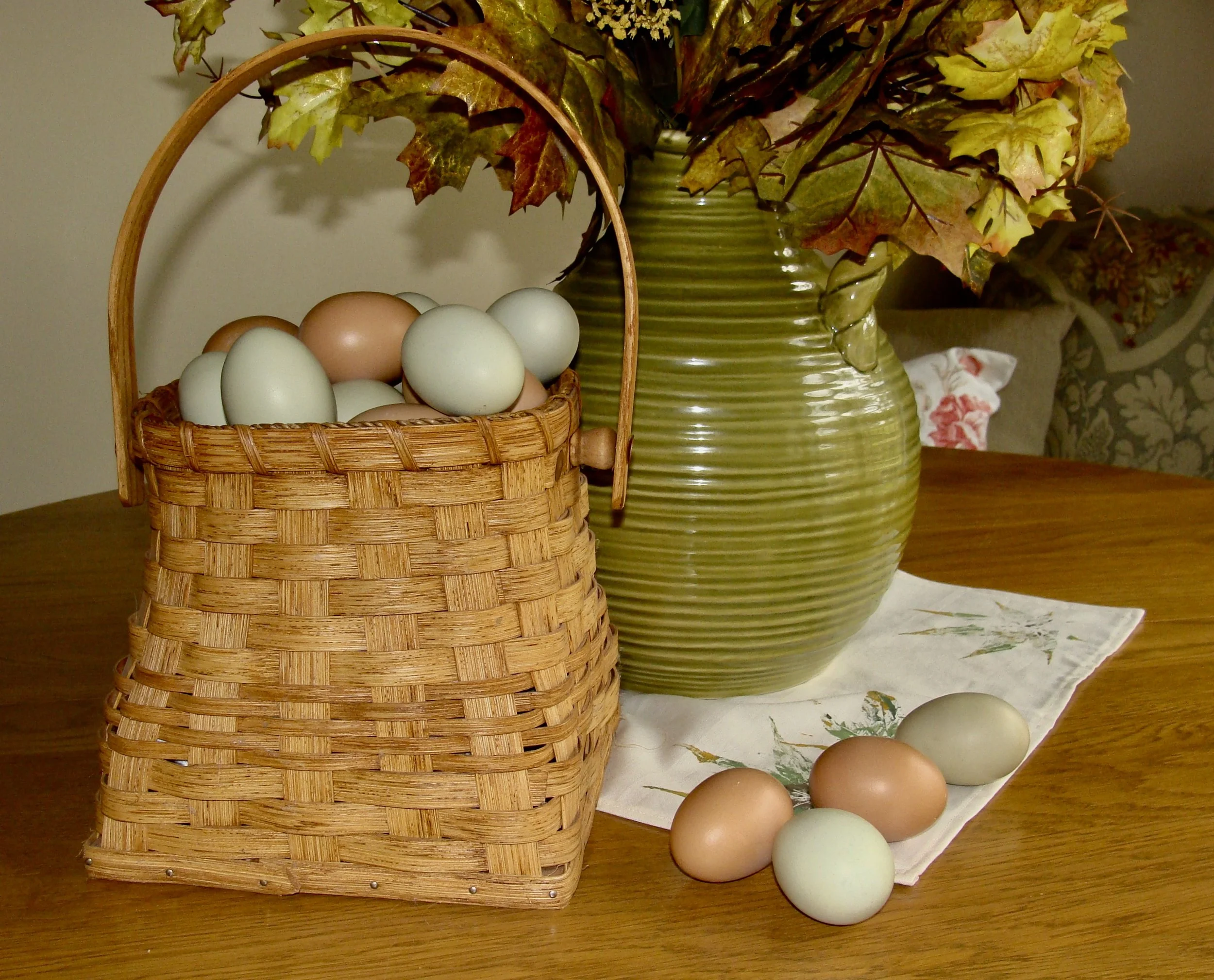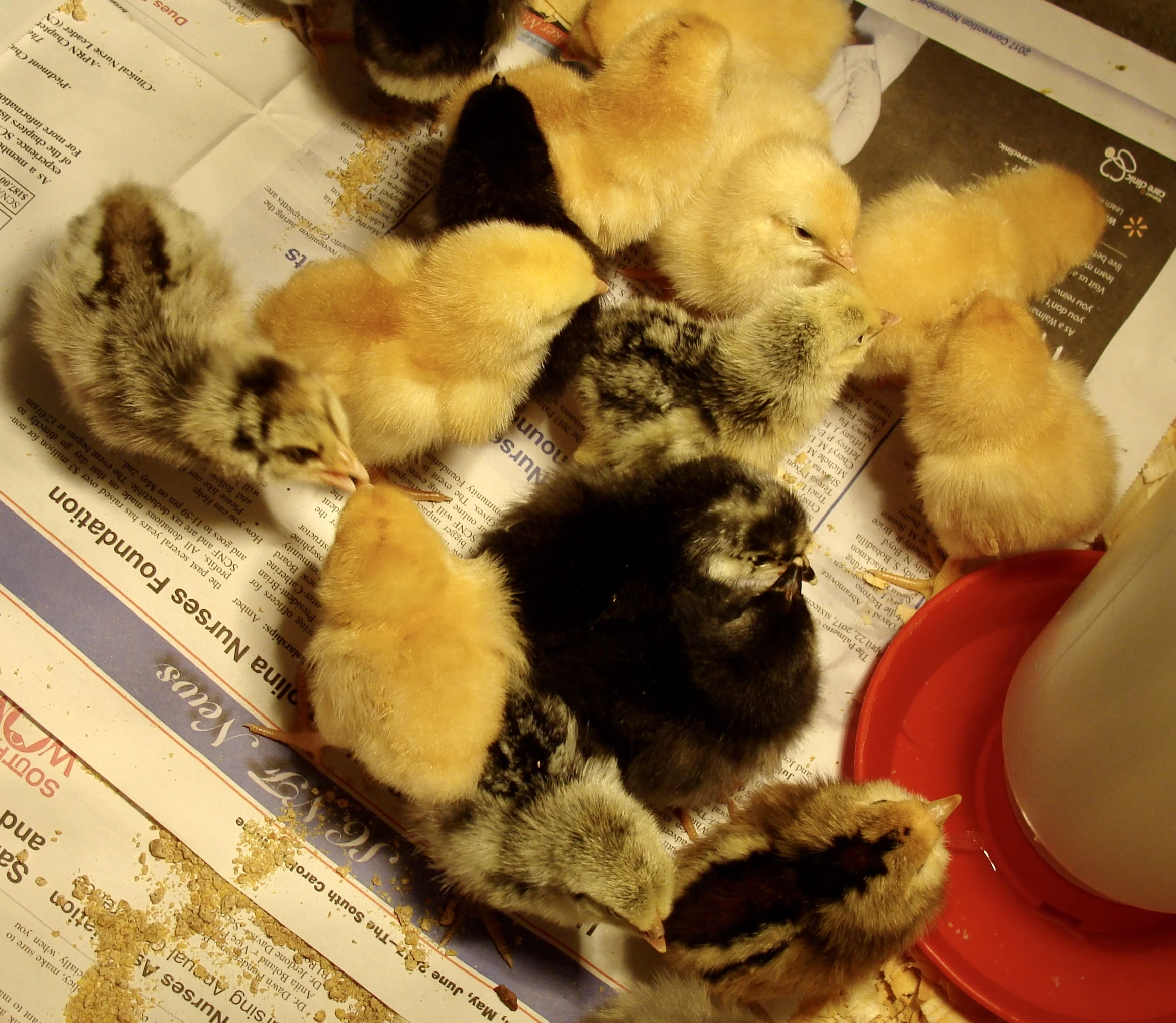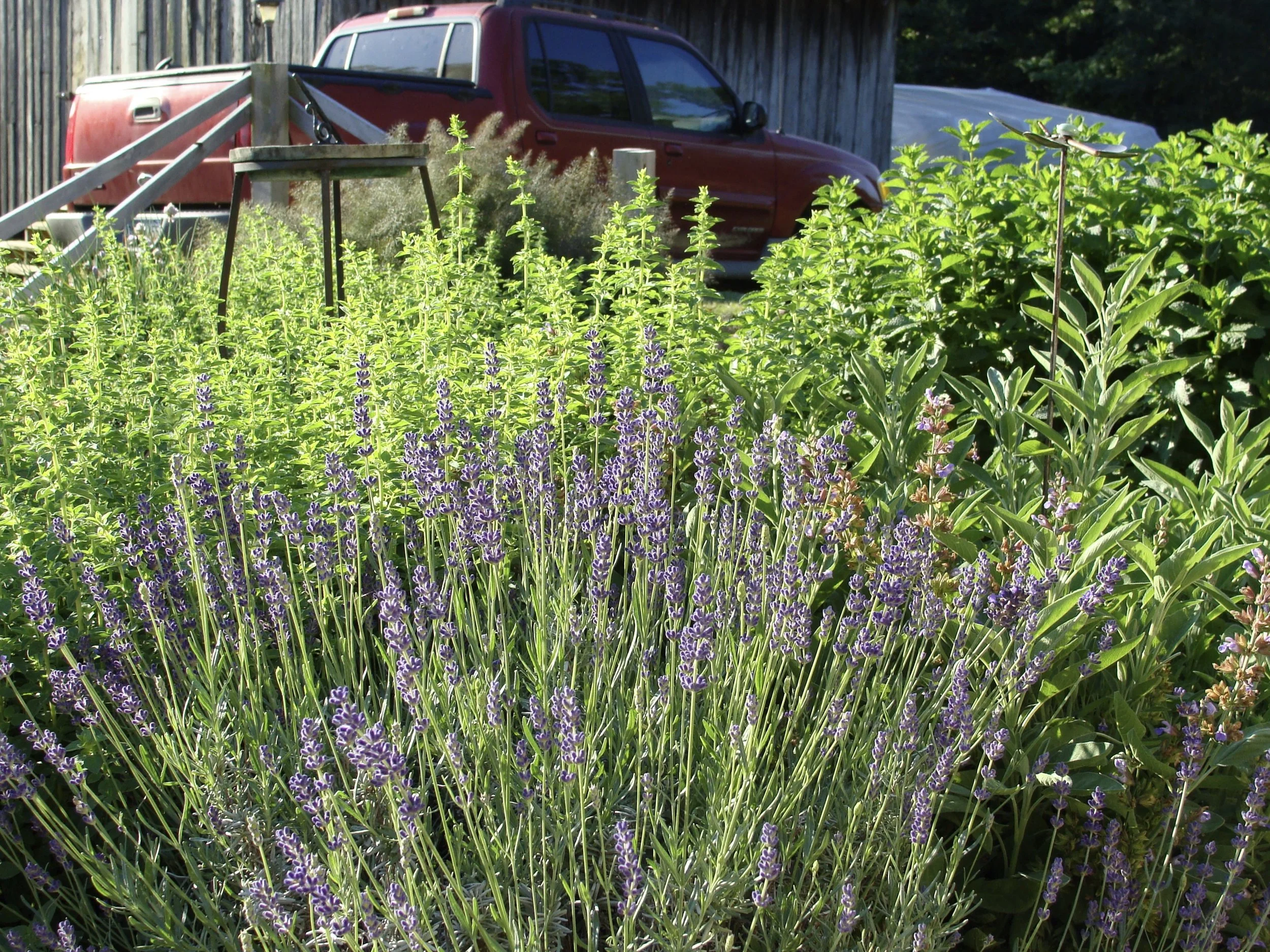Green Eggs
In the Dr. Seuss classic, the character Sam-I-Am asks the question, "Do you like green eggs and ham?" Persistently he inquires, in a house or with a mouse? In a boat or with a goat? On a train or in a tree?
Today's post is a compendium of chicken questions we have been asked by visitors to Green Pastures Farm. It's a little different post, I hope you enjoy it!
Trivia
Dr. Seuss wrote “Green Eggs and Ham” on a $50 bet that he couldn’t write a book with fifty or fewer distinct words. Green Eggs and Ham uses exactly 50 unique words and went on to be his best selling work.
The vast majority of questions arise about our rooster, Domino.
Why do roosters crow?
Chickens make a lot of different sounds and each one means something; at least to other chickens. If you spend enough time around the flock, you can begin to discern the sounds for contentment or fear or really proud of the egg that was laid.
So why do roosters crow? Crowing is an assertion of maleness. Its meaning, "I'm in charge here". It's the Tarzan cry of the chicken world.
Do you need a rooster to have eggs?
No. Just the same as women still ovulate without a man. That said, if you have a rooster, likely all your eggs will be fertilized and could develop into a chick if incubated.
How many eggs does a hen lay?
That varies by the breed, but roughly every 25 hours. Egg production slows with colder and hotter temperatures. Most hens stop laying in the winter, not because of the cold though, but because daylight hours are less. We actually had to buy eggs this week, whereas in the summer months, we are giving dozens away!
So, are there green eggs?
Yes, as well as blue, pinkish, varying shades of brown from pale cream to dark chocolate, and of course white. Pigments give color to the egg during shell formation. The particular pigment that gives blue/green color to egg shells is oxocyanin, a byproduct of bile.
Trivia
As a general rule, hens with white earlobes lay white eggs and hens with red earlobes lay brown eggs.
This is one of our green egg laying girls as a 3 day old chick. The breed is an Aracuana. Most hens start laying eggs between 5 to 6 months of age.
What do chickens eat?
Chickens are omnivores - grain, seeds, tender greens, fruits and vegetables, worms, slugs, insects, milk, yogurt, their own eggs (a habit you want to break), among a variety of other tidbits. A real treat for our chickens is pumpkin - they love it!
What does free-range mean?
The chickens have an outdoor area that they can freely roam and forage for food. That does not necessarily mean they aren't confined by some protective fencing and shelter. Our chickens free range during the day within a large fenced area, but once dusk sets in they go voluntarily into their house. Those of you who have met Henrietta know that she and some of her compadres like to roam a little farther afield during the day; occasionally visiting the goats and their discarded "goodies".
Do chickens fly?
Yes, some more than others. Hamburgs are known as flyers, and true to that reputation, our two Silver Spangled Hamburgs typically fly into the branches of the Chinaberry tree to roost for the night. A few of our other chickens, like Henrietta, can fly enough to go over the fence for a little outing, but our heavier chickens stay grounded.
What is molting?
Like most birds, chickens lose and replace their feathers annually, usually in early Autumn. Molting provides the chicken with new downy winter wear for the coming cold weather. Because we have a variety of chicken breeds, I am able to gather molted feathers of many different colors and patterns. My plan is eventually to incorporate them as embellishments in some of my weaving and handspun yarns.
our granddaughter Amelia as a toddler helping Grampy collect eggs.
So, do I like green eggs and ham?
I like green eggs with ham, yes ma'am.
I like green eggs with lunch and brunch, and anytime I get a hunch.
I like in quiche and at the beach, any kind or one of each!
I like green eggs with ham, yes ma'am.
(forgive me Dr. Seuss . . . .)
Resources
Storey's Guide to Raising Chickens by Gail Damerow















